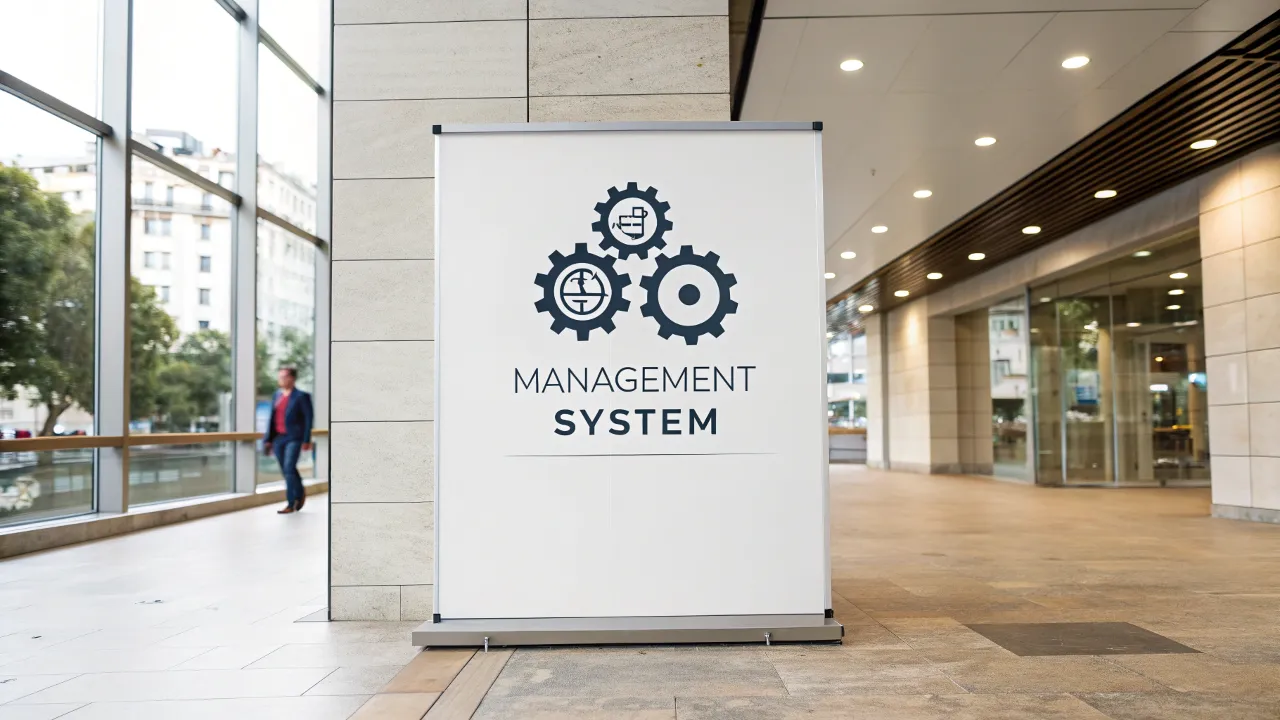In the logistics and transportation industry, branding plays a crucial role in establishing trust, recognition, and professionalism. One of the most critical elements of branding is a well-designed Transport Management System (TMS) logo.
A TMS logo is more than just a visual mark—it represents efficiency, reliability, and technological advancement in fleet and logistics management.
A strong Transport Management System logo helps businesses differentiate themselves in a competitive market, enhances brand recall, and communicates the core values of the company. This article explores why a TMS logo matters, key design principles, and examples of successful logos in the industry.
Why a Transport Management System Logo Matters
1. Builds Brand Recognition
A well-crafted Transport Management System logo ensures that your business stands out. Companies like FedEx, DHL, and UPS have iconic logos that are instantly recognizable. A unique and professional logo helps customers associate your brand with reliability and efficiency.
2. Communicates Professionalism and Trust
The transportation industry thrives on trust. A sleek, modern TMS logo conveys technological sophistication and operational excellence. A poorly designed logo, on the other hand, may deter potential clients who prioritize professionalism. See Here: Courier Tracking
3. Enhances Marketing and Advertising Efforts
A strong logo is versatile—it can be used on websites, mobile apps, business cards, and fleet vehicles. A memorable Transport Management System logo strengthens marketing campaigns and fosters brand loyalty.
4. Reflects Industry Relevance
Logos incorporating elements like vehicles, GPS symbols, or dynamic arrows subtly indicate the nature of the business. A TMS logo should align with industry trends while maintaining originality.
Also Read: Transportation Spend Management: Strategies to Optimize Costs and Efficiency
Key Design Principles for a Transport Management System Logo
1. Simplicity and Clarity
The best logos are simple yet impactful. Avoid clutter—focus on clean lines and minimalistic designs. FedEx’s hidden arrow and DHL’s bold typography are excellent examples of simplicity in logo design.
2. Color Psychology in Logo Design
- Blue: Trust, stability (commonly used by logistics companies)
- Green: Eco-friendliness, sustainability
- Red/Orange: Energy, urgency (ideal for fast delivery services)
- Black/Gray: Professionalism, sophistication
3. Typography Matters
Fonts should be legible and scalable. Sans-serif fonts (like Helvetica or Arial) work well for a modern Transport Management System logo, while bold fonts convey strength and reliability.
4. Scalability and Adaptability
A good TMS logo should look sharp on both a business card and a truck decal. Vector-based designs ensure clarity across all sizes.
5. Unique Symbolism
Incorporate industry-related symbols like:
- Arrows (movement, efficiency)
- Vehicles/Trucks (transport focus)
- Globes/Network Lines (global logistics)
Examples of Effective Transport Management System Logos
1. FedEx
The FedEx logo is a masterclass in hidden messaging—the negative space between the “E” and “x” forms an arrow, symbolizing speed and precision.
2. DHL
DHL’s bold red and yellow logo exudes energy and urgency, reinforcing its fast-delivery promise.
3. UPS
UPS’s shield-shaped logo conveys security and trust, with gold accents symbolizing premium service.
4. Maersk
The simple blue star in Maersk’s logo represents guidance and reliability in global shipping.
How to Create a Winning Transport Management System Logo
1. Research Competitors
Analyze competitors’ logos to identify trends and gaps. Your TMS logo should be distinct yet industry-appropriate.
2. Hire a Professional Designer
A skilled designer understands colour theory, typography, and branding psychology. Platforms like 99designs or Fiverr can connect you with talented designers.
3. Test Across Different Mediums
Ensure your logo looks great on:
- Websites & mobile apps
- Business documents
- Vehicle branding
- Social media profiles
4. Gather Feedback
Before finalizing, get input from stakeholders and potential customers to refine the design.
Closing Words
A well-designed Transport Management System logo is a powerful branding tool that enhances recognition, trust, and marketability. By focusing on simplicity, colour psychology, typography, and scalability, businesses can create a logo that resonates with clients and stands the test of time.
Whether you’re a startup or an established logistics firm, investing in a professional TMS logo is a strategic move that pays off in long-term brand equity. Take inspiration from industry leaders, prioritize originality, and ensure your logo reflects the efficiency and reliability of your transport management services.

